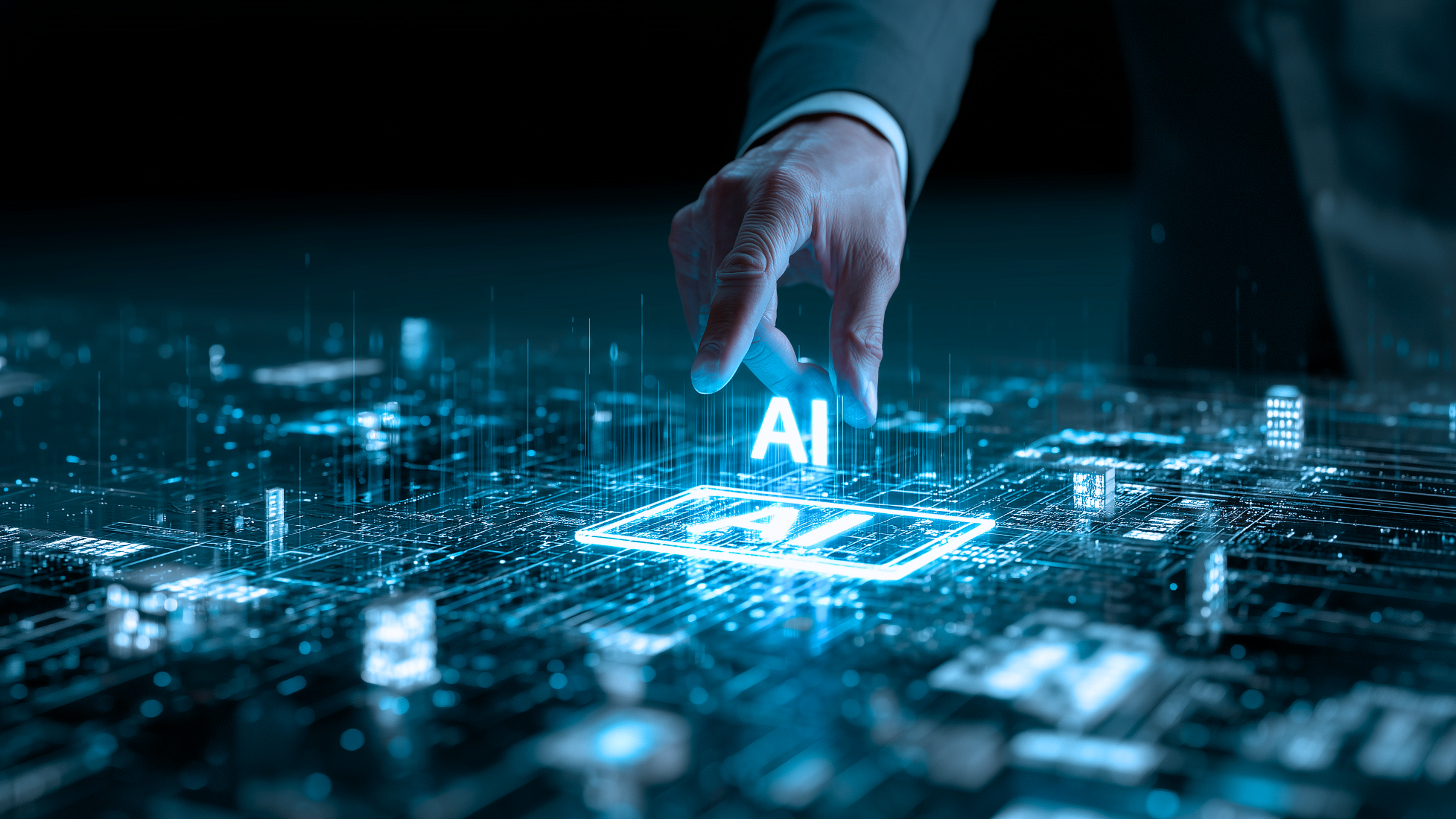The pressure to deploy AI is immense across the corporate world, with 97% of 8,161 organizations surveyed in a recent Cisco AI Readiness Report seeing it as urgent. The report indicates that 61% of these organizations believe they have less than a year to act before they begin losing their competitive advantage.
However, the report also reveals that 92% of enterprises are still not ready for AI deployment, highlighting a significant gap between what organizations want and where they are in their AI deployment strategies. This disconnect arises from a single bottleneck. Chaotic, fragmented, and siloed foundational data in the organization’s ERP systems.
Ambition vs. Reality
This issue with foundational data is the result of enterprises having built their IT landscape layer by layer over several years. This has led to a complex patchwork of systems that don’t speak the same language.
Take the example of a typical organization. While the finance team might use an ERP system like SAP, the sales team operates in Salesforce. On the other hand, the manufacturing team probably runs a legacy system, such as an AS/400, the organization’s supply chain team has a custom-built Oracle database, and HR uses Workday.
According to the Cisco report, 92% of companies in Switzerland have their data scattered across such silos. So, when the organization in the example wants to deploy AI, it needs to realize that AI models cannot bridge these silos for it. This is because the insights AI can use will be isolated, since the data is distributed across different enterprise systems.
The Lowest-Scoring Pillar of Readiness
The Cisco report also measured AI readiness across six key pillars. They include:
- Strategy
- Infrastructure
- Data
- Talent
- Governance
- Culture
Of these, the report highlighted that Data was the least developed pillar. These findings emphasize that AI is only as good as the data that is fed to it. Thus, companies that spend millions of dollars on infrastructure and talent to build AI models and algorithms most often ignore the foundational data siloed in disconnected systems.
AI initiatives stall because of this disregard. For instance, organizations that want to use AI with disconnected data can’t predict customer churn if their AI model can only see sales data in Salesforce but can’t access the payment and credit history locked in the SAP finance ledger. They cannot optimize their supply chain if AI can’t read the data from both the new SAP S/4HANA instance and the old legacy manufacturing system.
The First Step Is Aggregation
This is where a platform like JiVS IMP a leading Information Management Platform from Data Migration International (DMI) creates the AI ready data fabric that enterprises need. It tackles the critical work of migrating, consolidating, and cleaning decades of data from fragmented systems. Moreover, JiVS transforms data to create a single, AI-ready foundation with a clean, structured, and accessible data layer that new AI models require to deliver intelligence for an organization.
Finally, the first step to AI readiness isn’t buying another algorithm or hiring another data scientist. It’s fixing data that forms the foundation for effective AI. Therefore, data migration and consolidation may not be the most exciting part of the AI revolution, but they are indispensable.
What This Means for ERP Insiders
Long-term data makes all the difference. Many organizations that want to deploy AI quickly take the short-term view and move only the past two to three years of active data, leaving the historical data behind in a legacy system. However, this mistake can be crucial for AI effectiveness. This is because predictive models thrive on deep historical context and need that data to spot long-term cycles. Moreover, if an organization decommissions its legacy system without an active data strategy, it is permanently deleting AI’s long-term memory.
For SAP users, AI readiness changes the S/4HANA business case. Most companies justify their SAP S/4HANA move based on total cost of operations (TCO), speed, or retiring old hardware. However, the new business case for SAP S/4HANA is AI readiness. Still, a brownfield or lift-and-shift migration that just moves old, messy data into the latest SAP S/4HANA structure does not solve the AI problem. SAP organizations must use this migration event as an opportunity to build a clean, consolidated, AI-ready data foundation utilizing a platform like JiVS, which can sit alongside the new SAP S/4HANA instance.
Effective AI is the result of unified data. An organization’s ERP systems hold financial truth, supply chain logistics, and master data. But for an AI model to be successful, this data must be extracted from its silos of complex structures and proprietary tables. Thus, an organization seeking to deploy AI must first liberate this core data in a structured, governed way so AI can effectively use it to provide a holistic view of the entire business.






